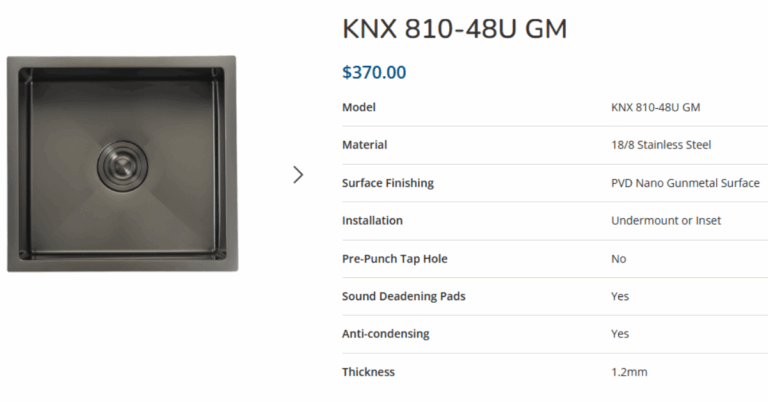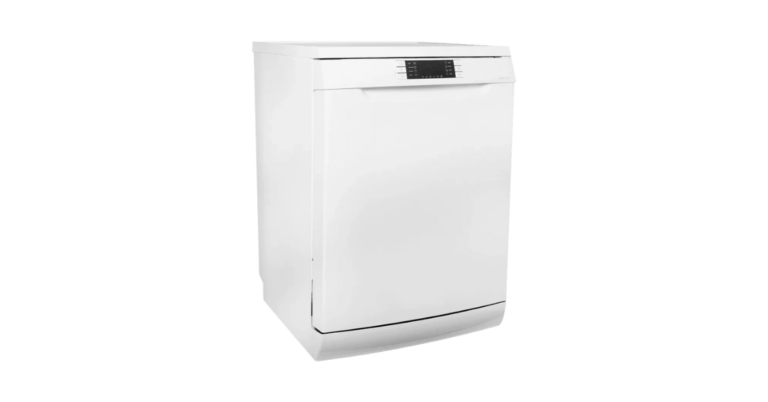The Ultimate Guide to Choosing the Best Cooker Hood Singapore for Your Kitchen
A modern kitchen is incomplete without an efficient ventilation appliance, and this is why many homeowners today prioritize adding a Cooker Hood Singapore model to maintain a clean, odor-free, and comfortable cooking environment. With Singapore’s humid climate and the popularity of high-heat, aromatic dishes such as stir-fries, curries, and grilling, a reliable cooker hood is essential to keep your kitchen fresh and grease-free. Whether you’re renovating, upgrading your appliances, or moving into a new home, selecting the right cooker hood can make a significant difference in everyday cooking.
Why You Need a Cooker Hood in Singapore
Singaporean cooking often involves strong flavors, sizzling oils, and spices that release heavy smoke and steam. Without proper ventilation, these particles settle on cabinets, walls, and countertops, creating stubborn stains and lingering smells. Here’s why a cooker hood is crucial:
1. Removes Smoke and Odors
A cooker hood extracts smoke, steam, and pungent smells that come from cooking, preventing them from spreading into the living room and bedrooms.
2. Reduces Grease Buildup
Grease particles suspended in the air can stick to kitchen surfaces. A cooker hood traps these particles through effective filtration, keeping your kitchen cleaner for longer.
3. Improves Airflow and Comfort
Cooking naturally raises the temperature and humidity in the kitchen. A hood enhances ventilation, making your kitchen cooler and more pleasant to work in.
4. Enhances Hygiene and Safety
Removing grease-laden vapors reduces the risk of accidental fires and helps maintain a cleaner and safer cooking zone.
Types of Cooker Hoods in Singapore
There are several types of cooker hoods available, each designed to suit different kitchen layouts and cooking styles. Understanding the options helps you pick the most suitable one for your home.
1. Chimney or Canopy Hoods
These large hoods are powerful and ideal for heavy cooking. They effectively remove smoke and steam and create a bold design statement in the kitchen.
2. Slimline Hoods
Perfect for compact homes, slimline hoods fit neatly under cabinets and save space while still providing efficient ventilation.
3. Telescopic or Slide-Out Hoods
These hoods remain concealed when not in use and extend outward when switched on. They are excellent for minimalist kitchens.
4. Island Hoods
These are mounted from the ceiling and are suitable if your hob is placed on a kitchen island. They provide strong extraction and are visually appealing.
5. Ducted vs Recirculating Hoods
-
Ducted hoods vent air outside your home.
-
Recirculating hoods purify air using filters and release it back into the kitchen.
Ducted systems are ideal for maximum odor removal, while recirculating systems are great for homes where external ventilation is not possible.
Key Features to Consider Before Buying a Cooker Hood Singapore
To make the best decision, evaluate the following essential features of a cooker hood:
1. Suction Power (Airflow Rate)
This is the most important feature. Measured in m³/h, higher suction power means better extraction of smoke and grease.
-
Light cooking: 300–400 m³/h
-
Moderate cooking: 500–700 m³/h
-
Heavy Asian-style cooking: 700 m³/h and above
If you frequently fry food or cook spicy dishes, choose a high-suction model.
2. Noise Level
A powerful hood can be loud, but modern models offer quieter operation. If you live in an HDB or condo with an open-plan layout, look for a cooker hood that features low-noise technology to reduce disturbance while cooking.
3. Filter Type
Filters determine how well your cooker hood removes grease and odors.
-
Aluminium Mesh Filters: Effective for trapping grease and easy to clean.
-
Stainless Steel Baffle Filters: Durable, long-lasting, and excellent for heavy cooking.
-
Charcoal Filters: Used in recirculating hoods to absorb odors; require occasional replacement.
4. Size and Fit
Match the hood size to your hob size. Common sizes include 60 cm and 90 cm.
-
For a 60 cm hob → Choose a 60 cm hood
-
For a 90 cm hob → Choose a 90 cm hood
A larger hood provides better coverage and extraction efficiency.
5. Lighting Options
LED lights are commonly integrated into cooker hoods to brighten your cooking area. They are energy-efficient and long-lasting.
6. Control Type
Choose between push buttons, electronic panels, or touch controls based on your preference. Some modern hoods also feature gesture control and digital displays.
7. Aesthetic and Build
A cooker hood should complement your kitchen design. Stainless steel and black glass are popular choices for a sleek, modern look.
Common Mistakes People Make When Buying a Cooker Hood
To avoid disappointment, watch out for these mistakes:
1. Choosing a Hood with Low Suction Power
Many buyers opt for cheaper models without considering airflow needs. If you cook daily, especially with high heat, prioritize power.
2. Ignoring Kitchen Layout
Some homes cannot support ducting. If you choose a ducted hood without verifying installation feasibility, you may face additional costs or limitations.
3. Overlooking Noise Levels
An extremely loud hood can ruin the cooking experience. Always check decibel levels if possible.
4. Neglecting Maintenance Needs
Filters must be cleaned regularly. Always choose a hood with easy-to-remove, dishwasher-safe filters.
5. Not Matching Hob and Hood Size
A small hood over a large hob results in poor extraction and ineffective ventilation.
Cooker Hood Usage Tips for Better Performance
1. Turn On the Hood Early
Switch on your hood a few minutes before cooking to establish proper airflow.
2. Clean Filters Regularly
Grease buildup reduces airflow and increases fire risk. Cleaning once every two to four weeks is recommended.
3. Use the Correct Fan Speed
High speed for frying or grilling; low speed for boiling or simmering.
4. Keep Surrounding Areas Clean
Wipe the hood exterior frequently to avoid grease stains and prolong its appearance.
5. Ensure Proper Installation Height
Install the hood 65–75 cm above the cooktop for optimal efficiency and safety.
Why Cooker Hoods Are Especially Important in Singapore Homes
1. Tropical Climate
Humidity causes smoke and grease particles to linger longer—making powerful extraction even more important.
2. Limited Kitchen Space
HDB and condo kitchens are often compact, increasing the need for efficient systems that prevent odors from spreading.
3. Frequent Asian Cooking Styles
Stir-frying, deep frying, and using spices generate more smoke compared to Western cooking styles, demanding stronger ventilation power.
Conclusion
A Cooker Hood Singapore appliance is not just a kitchen accessory—it is a vital component that ensures a healthy, comfortable, and enjoyable cooking environment. By understanding the different types, key features, and common mistakes, you can confidently choose a cooker hood that suits your home, cooking style, and budget. Whether you prefer a powerful chimney hood or a compact slimline model, the right cooker hood will keep your kitchen smelling fresh, looking clean, and feeling comfortable every day.







